Table of Contents
- The Basics: Wellhealth How To Build Muscle Tag
- Wellhealth How To Build Muscle Tag: Full-Body vs. Targeted Muscle Groups
- High-Protein Nutrition Diet To Build Muscle
- Beginner’s Muscle-Building Strength Training Workout Routine
- Mistakes to Avoid in Building Muscle
- Myths and Misconceptions of Muscle Growth
- FAQs
- Q: How often should I work out to build muscle?
- Q: Can I combine full-body and targeted muscle group workouts?
- Q: Can I build muscle without supplements?
- Q: At what age do muscles grow fastest?
- Q: How to gain 5 kg muscle in 1 month?
- Q: What is the Wellhealth How To Build Muscle Tag all about?
- Q: Is it good for people who are just starting out?
- Conclusion
Hey there! Welcome to the muscle-building world with Wellhealth! You’re in the right spot if you want to get stronger, look better, and feel healthier. In this guide, we’ll talk about how to build muscles and the age-old question: should you work on your whole body or just specific muscles? We’ve got helpful tips, expert advice, and answers to common questions. Let’s start this journey to a healthier, stronger you!
The Basics: Wellhealth How To Build Muscle Tag
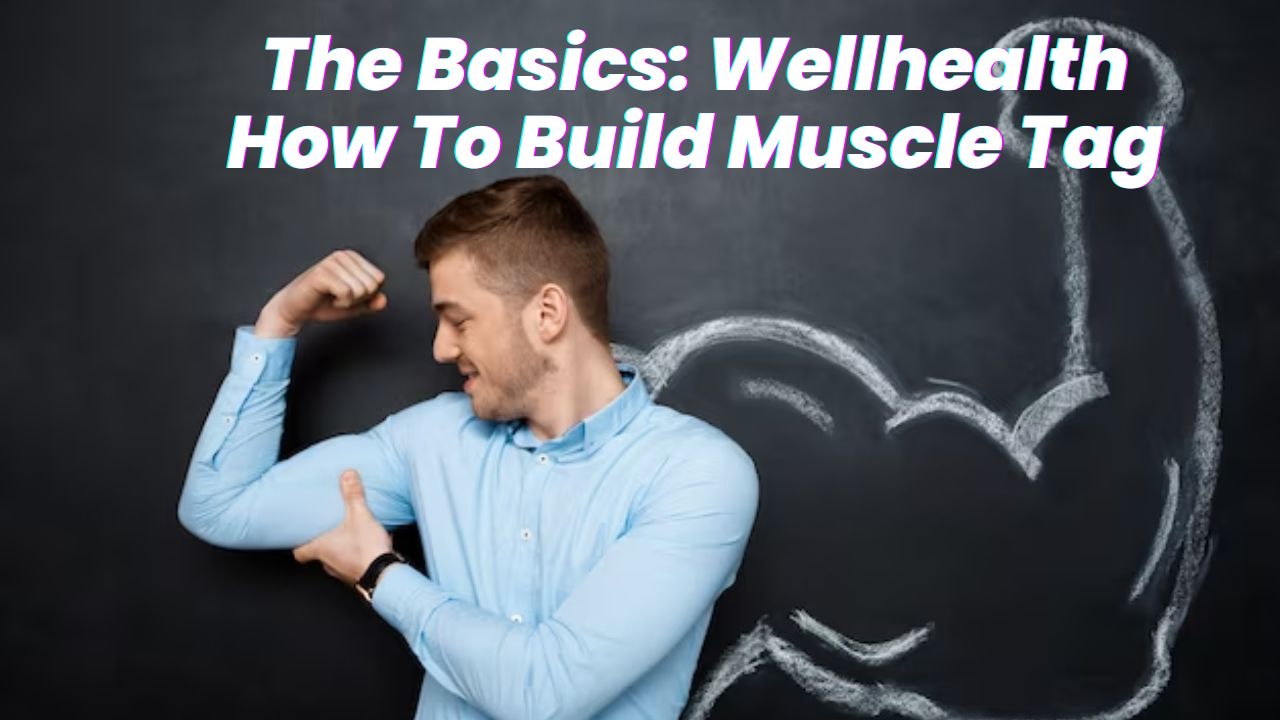
To achieve your muscle-building goals, it’s crucial to understand the fundamentals. Before we delve into the full-body vs. targeted muscle group debate, let’s explore the core principles of muscle growth.
- Muscle Growth 101: Muscle growth, also known as hypertrophy, occurs when muscle fibers are subjected to stress, primarily through resistance training. This stress leads to microtears in the muscle fibers, which the body repairs, increasing muscle size and strength.
- Nutrition Matters: Eating the right foods is crucial for building muscles. To help your muscles recover and grow, it’s essential to have a well-rounded diet that includes sufficient protein, carbohydrates, and healthy fats.
- The Role of Rest: Muscles need time to recover and grow. Ensure you get enough sleep and allow for proper rest between workouts.
- Hydration and Muscle Health: Staying hydrated is crucial to muscle function. Dehydration can hinder muscle performance, so drink plenty of water daily.
Wellhealth How To Build Muscle Tag: Full-Body vs. Targeted Muscle Groups
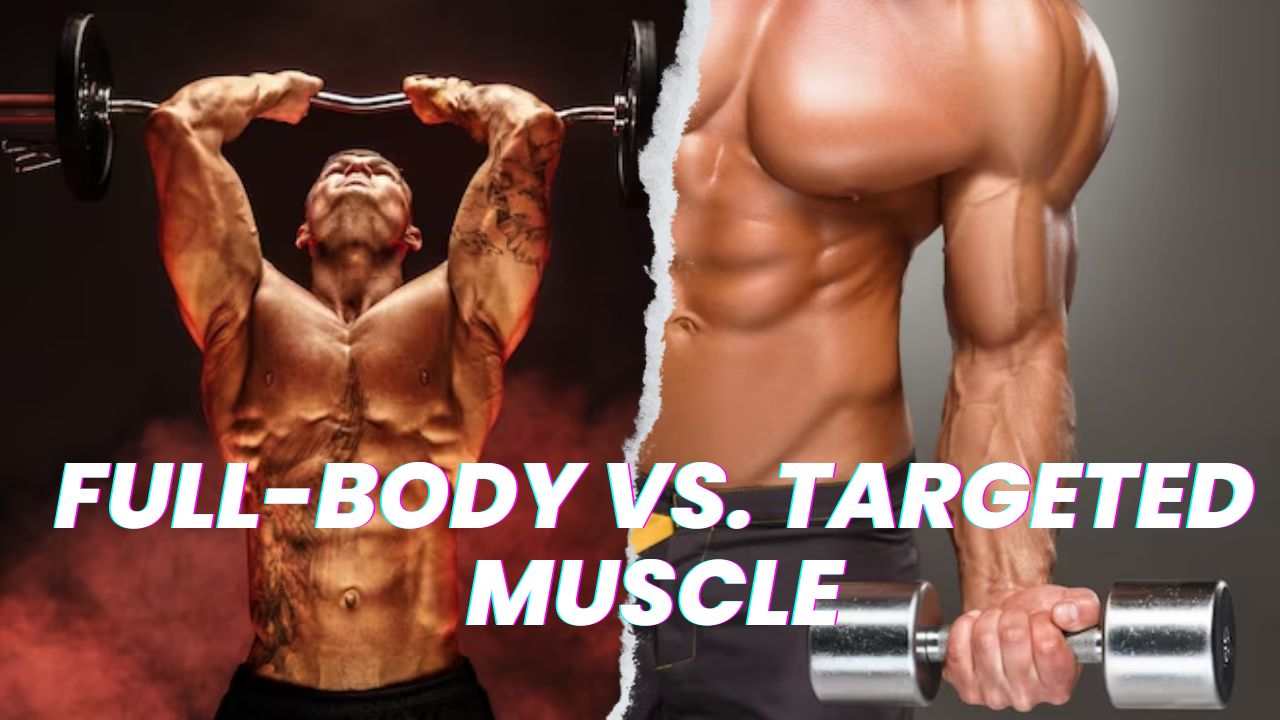
Now, let’s address the central question: Which workout approach is better, full-body or targeted muscle groups?
The Full-Body Workout Advantage
Full-body workouts are highly effective for beginners and individuals with limited time. These workouts engage multiple muscle groups, promoting overall strength and fitness. They are also excellent for weight loss, as they burn more calories.
The Targeted Muscle Group Approach
Targeted muscle group workouts allow for more focused training. This approach is ideal if you’re looking to sculpt specific areas, such as biceps or glutes. It’s also common among bodybuilders aiming to perfect individual muscle groups.
High-Protein Nutrition Diet To Build Muscle
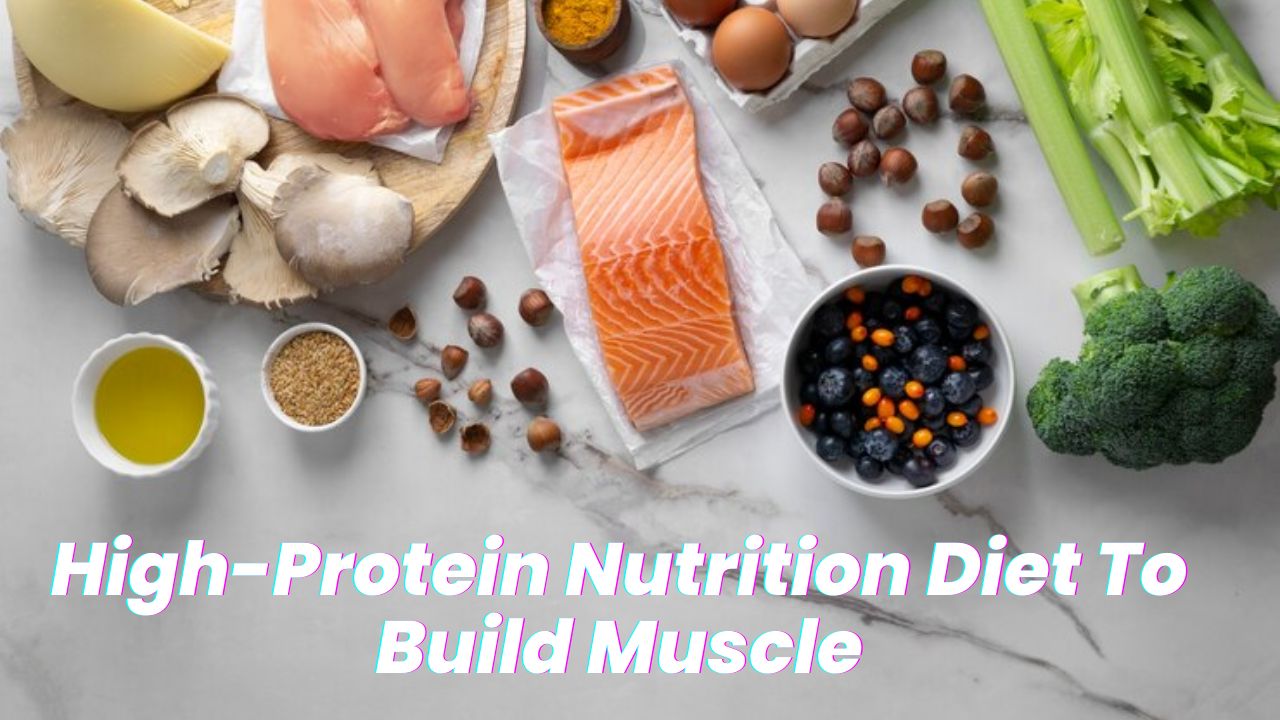
Eating proper nutrition is a foundation of muscle building. Foods high in protein are really important if you want to build and maintain your muscles. Protein is like the building material for your muscles, and it helps your muscles recover when they get tired or injured.
You can find protein in various foods, such as:
- Lean meats like chicken, turkey, and fish.
- Eggs.
- Dairy products like milk, yogurt, and cheese.
- Beans, lentils, and peas.
- Nuts and seeds.
- Protein powder (you can add this to your food or drinks).
Eating different types of these foods is a good idea to ensure you get all the important stuff your muscles need. Muscles need something called “amino acids” to grow and heal, and protein has these amino acids.
Here are some easy tips for eating a high-protein diet:
- Make sure you have some protein in every meal and snack.
- Choose meats that aren’t too fatty.
- Mix your protein with foods that have healthy carbs and fats to make balanced meals.
- If you can’t eat enough protein with regular food, you can use protein powder to help you.
A daily routine diet is essential for muscle building because it provides a steady supply of nutrients, supports muscle repair and recovery, fuels workouts, and helps maintain hormonal balance. Consistency in nutrition is a crucial factor in achieving and sustaining muscle growth and strength.
Here’s an example of what you could eat in a day to get plenty of protein:
Breakfast:
As we know very well, breakfast is important for muscle building because it kickstarts your metabolism, provides essential nutrients, and replenishes energy stores. Following are some high-protein foods that you can eat for breakfast:
- Oatmeal with protein powder and almond butter
- Scrambled eggs with vegetables
- Greek yogurt with fruit and granola.
- Protein smoothie with spinach, protein powder, and almond milk
Lunch:
Eating a balanced lunch with adequate protein, carbohydrates, and healthy fats helps maintain muscle-building momentum, aids workout performance, and ensures your body has the nutrients it needs for optimal muscle repair and development. Below, we have mentioned some high-protein food for lunch:
- Grilled chicken or tofu salad
- Salmon with quinoa and steamed vegetables
- Quinoa bowl with chickpeas, veggies, and a tahini dressing
- A bowl of lentil soup served alongside a mixed green salad.
- Turkey and avocado wrap
Dinner:
Consuming adequate protein and other nutrients at dinner helps maximize the benefits of your workout efforts and promotes muscle development. Here are some foods that you can eat in the dinner:
- Quinoa or brown rice bowls with beans or legumes.
- Grilled or baked lean meats like chicken or fish.
- Tofu or tempeh stir-fry with plenty of vegetables.
- A large salad with various vegetables, Nuts, seeds, and a protein option such as grilled steak or salmon.
Snacks:
By choosing protein-rich and balanced snacks, you can ensure a steady supply of amino acids and energy to aid muscle growth and repair, ultimately contributing to your muscle-building goals. You can consume the following in the following snacking:
- Hummus
- Hard-boiled eggs
- Nuts and Seeds
- Smoothies
- Protein Bars
Remember, this is just an example. You can change it to fit your own food likes and needs. The most important thing is to make sure you eat enough protein during the day.
Beginner’s Muscle-Building Strength Training Workout Routine
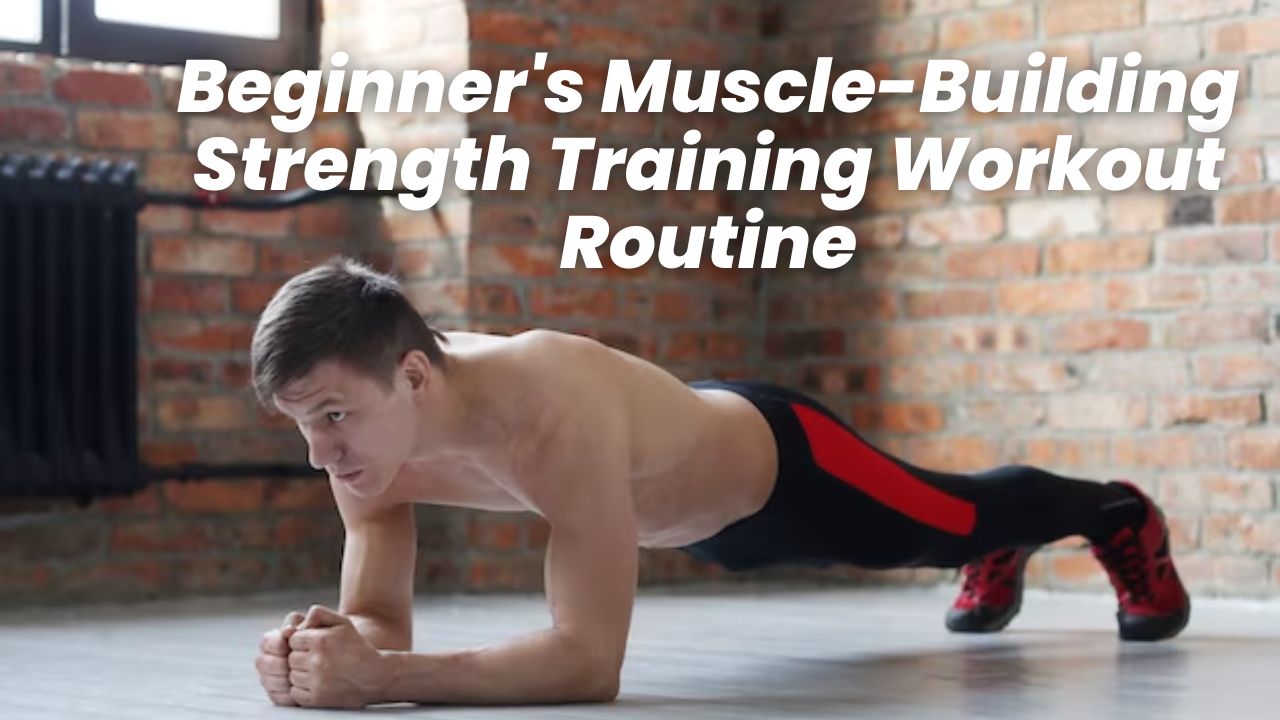
Day 1: Upper Body
- Push-Ups: 3 sets of 8-10 reps.
- Dumbbell Rows: 3 sets of 8-10 reps per arm.
- Dumbbell Bench Press: Do 3 sets of 8-10 reps.
- Dumbbell Bicep Curls: Do 3 sets of 10-12 reps.
Day 2: Rest or Light Cardio
Day 3: Lower Body
- Bodyweight Squats: 3 sets of 10-12 reps.
- Lunges (each leg): 3 sets of 10-12 reps per leg.
- Dumbbell Deadlifts: 3 sets of 8-10 reps.
- Leg Raises: 3 sets of 12-15 reps.
Day 4: Rest or Light Cardio
Day 5: Full-Body
- Plank: 3 sets holding for 30-45 seconds.
- Pull-Ups (or Assisted Pull-Ups): do 3 sets of 5-8 reps.
- Dumbbell Lunges: Perform 3 sets of 10-12 reps for each leg.
- Dumbbell Shoulder Press: Complete 3 sets of 8-10 reps.
Day 6: Rest or Light Cardio
Day 7: Rest
This workout includes exercises for your upper body, lower body, and a combination of both. Start with weights or resistance levels that are comfortable and increase them gradually as you become more confident. For Wellhealth How To Build Muscle Tag, Always use proper form and listen to your body. If you have health worries, it’s a good idea to talk to a fitness expert or a doctor before you begin a new exercise plan. Pay attention it’s a sample workout routine.
Effective Tips for Successful Strength Training
- Set Clear Goals: Know what you want from your workouts, whether it’s more muscles, strength, or endurance.
- Warm-Up: Always warm up before exercising to get your muscles ready.
- Proper Form: Do exercises with the right technique to avoid injuries.
- Rest Well: Give your body 2-3 days off each week to recover.
- Use Compound Movements: Try exercises like squats and deadlifts that work multiple muscles.
- Eat Right: Have a balanced diet with enough protein for muscle growth.
- Sleep Enough: Get 7-9 hours of good sleep each night to help your muscles recover.
- Stay Hydrated: Drink enough water to keep your strength up.
- Stick to It: Be consistent with your training to see improvements.
- Get Expert Advice: If you’re new or have special goals, consider a trainer’s help.
Remember that strength training is a gradual process, and results may take time. Stay patient and persistent, and you’ll see improvements in your strength, muscle tone, and overall fitness.”
Mistakes to Avoid in Building Muscle
Here, we have mentioned some common mistakes that beginners usually make in muscle building:
- Skipping Meals: Missing meals means you might not get enough food and nutrients for your muscles to grow.
- Not Enough Protein: Your muscles need protein to grow. Not eating enough can slow down your progress.
- Overtraining: Exercising too often without giving your body enough rest can cause injuries and slow down muscle growth.
- Bad Form: Using poor technique during exercises can hurt you and make your workouts less effective.
- Not Enough Sleep: Your muscles need rest to grow. If you don’t get enough sleep, it can slow down muscle building.
- Ignoring Cardio: While building muscle is important, don’t forget cardio exercises for overall health.
- Not Drinking Enough Water: Staying hydrated is vital for your muscles to work well during workouts.
- Impatience: Building muscle takes time. Don’t expect fast results; be patient and consistent.
- Ignoring Professional Advice: If you’re not sure, consider getting advice from a trainer or a doctor to help you avoid mistakes and reach your muscle-building goals safely.
Myths and Misconceptions of Muscle Growth
Muscle-building myths are like stories that are not true about how to get stronger and have bigger muscles. Some of these stories can confuse people and make it harder for them to reach their muscle-building goals.
Here are some of these myths:
- Too Much Protein is Good: Eating a lot of protein is important, but eating too much won’t make your muscles grow faster.
- Heavy Weights Make You Bulky: Lifting heavy weights is great for strength, but it doesn’t always make you look big. It depends on many things.
- You Can Lose Fat from One Spot: You can’t pick where you lose fat by working specific muscles. Fat loss happens all over your body.
- Lots of Cardio Burns More Fat: Doing excessive cardio can lead to muscle loss. It’s better to balance cardio with strength training for better results.
- Muscle Turns into Fat: Muscle and fat are different. When you stop exercising, your muscles can get smaller, and you might gain fat, but one doesn’t become the other.
- Eating More Builds Muscle: Eating a lot can lead to fat gain. You need to eat enough to grow muscles, but not too much.
- Supplements Solve Everything: Pills and powders can help, but they can’t replace good food and exercise.
- Exercise Should Hurt A Lot: Feeling sore is normal, but too much pain is not good. It’s more about regular exercise and progress.
- One Diet Fits Everyone: What works for one person may not work for another. People are different, so what’s best for you might not be best for someone else.
- Muscles Grow Quickly: It takes time and work to build big muscles. It doesn’t happen overnight.
Knowing these myths helps people make better choices for their fitness and avoid getting confused by false ideas.
FAQs
Q: How often should I work out to build muscle?
A: It’s recommended to work out at least 3-4 times a week, allowing muscles to recover between sessions.
Q: Can I combine full-body and targeted muscle group workouts?
A: Yes, many fitness enthusiasts combine both approaches for a balanced fitness routine.
Q: Can I build muscle without supplements?
A: While a balanced diet is essential for muscle building, supplements can offer extra help and support.
Q: At what age do muscles grow fastest?
A: Muscles grow fastest during the teenage years, usually from age 12 to 18. This is when the body goes through big Hormonal changes, like when your body releases growth hormones that are important for building muscles.
Q: How to gain 5 kg muscle in 1 month?
A: Gaining 5 kg of muscle in just one month is an ambitious goal and may not be realistic for most people. A more sustainable approach is to aim for a gradual increase in muscle mass, typically 0.5 to 1 kg per month.
Q: What is the Wellhealth How To Build Muscle Tag all about?
A: The Wellhealth How To Build Muscle Tag is like a super-detailed handbook that gives you tips, advice, and information about how to get stronger and build muscles by eating right and working out.
Q: Is it good for people who are just starting out?
A: Yes, it’s great for beginners! Whether you’re new to this or you’ve been lifting weights for a while, you’ll find useful tips in the Wellhealth How To Build Muscle Tag. It’s made for everyone, no matter how much you know about it.
Conclusion
It all depends upon your fitness goals when deciding between full-body exercises and exercises that focus on specific muscle groups. The keys to success are consistency, healthy eating, and continued commitment, whether you choose one of them or a combination of the two.
The Wellhealth How to Build Muscle tag is your go-to resource for achieving your objectives. Everything is covered, including advice on food, exercise, supplements, and how to steer clear of frequent blunders.
Whether you’re just getting started or have been lifting for a while, this tag gives helpful information on how to maximize your exercises and achieve the results you want.
Read more articles on Web Life Today!

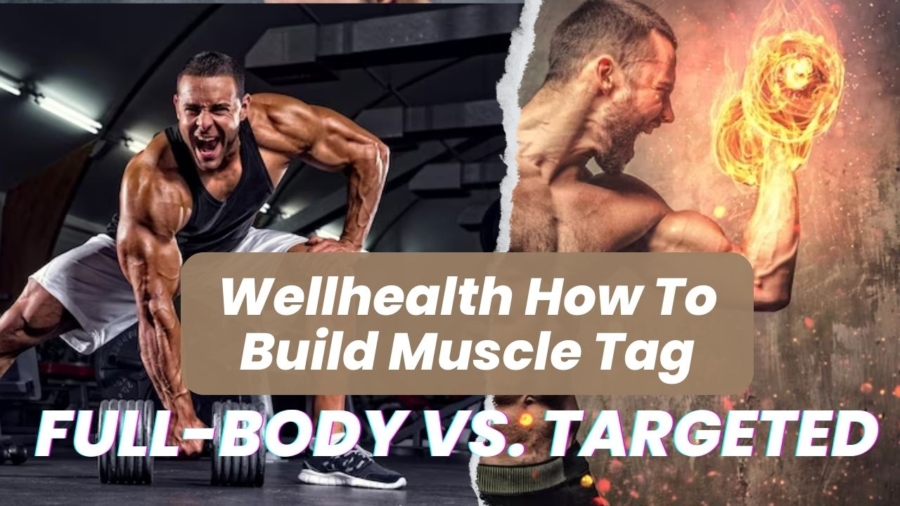
Add a Comment